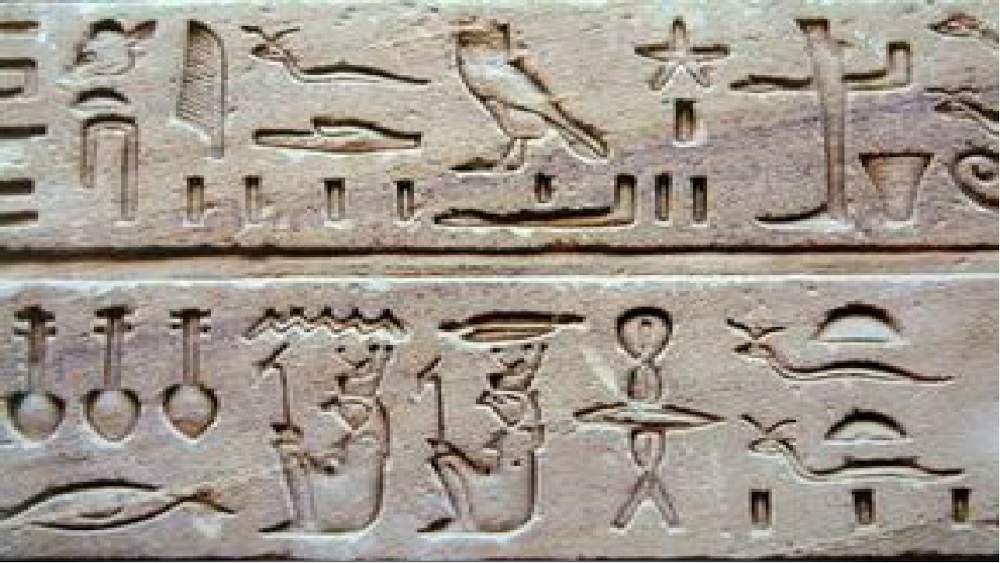A study published in the journal IEEE Access by Andrea Barucci and Costanza Cucci of the National Research Council’s Institute of Applied Physics “Nello Carrara” (CNR-Ifac), Fabrizio Argenti and Marco Loschiavo of the Department of Information Engineering at the University of Florence, in collaboration with theEgyptologist Massimiliano Franci of the Center for Ancient Mediterranean and Near Eastern Studies (CAMNES) are shedding light on theuse of artificial intelligence to automatically classify hieroglyphs with great care and accuracy, regardless of the medium on which they are written (papyrus, stone, wood). The application of artificial intelligence would enable the understanding of ancient Egyptian texts, even from simple photographic snapshots, thanks to the use of “Deep Learning,” which exploits algorithms based on neural networks for image analysis.
The study testifies to the strong combination of methodologies used in the medical field and the humanities. “Techniques based on deep neural networks now pervade all fields of knowledge,” explains Barucci of CNR-Ifac and an expert in biomedical image analysis using machine and deep learning techniques. “We wondered whether such a paradigm could be translated to a seemingly distant and different field, such as ancient symbol recognition. Our experience in clinical imaging suggested that convolutional neural networks are extremely powerful and versatile tools, yet the challenge was open.”
The research demonstrates not only the possibility of machine translation of ancient Egyptian documents, but also offers new insights into solving open questions such as the encoding, recognition and transliteration of hieroglyphic signs. The use of artificial intelligence would thus help scholars in investigating different aspects of writing. “The topo-syntax of hieroglyphic signs combined to form words; the linguistic analysis of texts; the recognition of corrupted, rewritten, erased signs; up to the possibility of the recognition of the school of the scribe or the hand of the sculptor,” adds Egyptologist Massimiliano Franci. "The expert’s intuition is still crucial in the integration of the complex analysis provided by artificial intelligence algorithms, and the future calls for an increasing harmonization between computer and human analysis. Our study aims to highlight how AI-based analysis tools can support investigations in the field of Egyptology by integrating with the work of the archaeologist."
“This study stems from Marco Loschiavo’s dissertation,” explains Fabrizio Argenti of the Department of Information Engineering at the University of Florence. “From the engineering point of view we were sure of the potential of the chosen analysis tools, however, this was an important test bed, being the type of application completely different. We wanted to explore a new area of research, which turned out to be extremely interesting and promising.”
“In facilitating exchange and cross-fertilization between different research fields, as was the case with this work, expertise from Egyptology, computer engineering and applied physics were combined,” adds Costanza Cucci, an expert in data analysis in the field of Cultural Heritage.
“The hope,” Barucci concludes, "is that this first study will pave the way toward a stable collaboration between the archaeology and artificial intelligence communities to create new tools to facilitate the work of scholars of the writings of ancient civilizations."
 |
| Reading hieroglyphics with the help of artificial intelligence. From a CNR study, it is possible |
Warning: the translation into English of the original Italian article was created using automatic tools. We undertake to review all articles, but we do not guarantee the total absence of inaccuracies in the translation due to the program. You can find the original by clicking on the ITA button. If you find any mistake,please contact us.